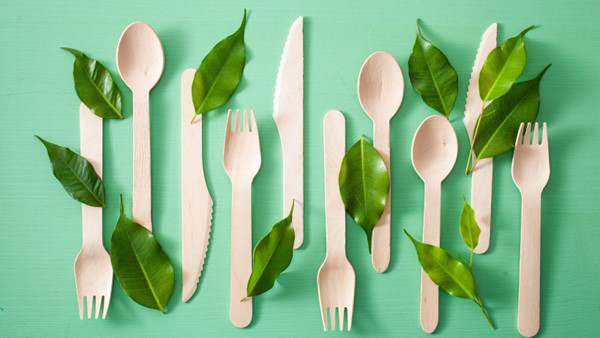Understanding Biodegradability
21 DEC 2022 | by Augustine Quek

Biodegradable materials are better for the environment and the solution to sustainable products and packaging…right?
Not necessarily so. In this blog article, we quickly sum up what you need to know about why biodegradability doesn’t necessarily equate to sustainability.
Let’s start with a simple definition. “Biodegradable” means that the item in question can be decomposed by bacteria or other living organisms into simpler compounds such as gases and water. When products or packaging are labelled biodegradable, they SHOULD be able to be broken down as defined above.
This definition in no way links biodegradability to sustainability. In order for something to be sustainable, it must have very low environmental impact, so that it can be produced, used repeatedly and disposed of without causing any damage to the environment.
Sustainability can be measured by a method known as a Life Cycle Assessment (LCA). This method should be performed on any item or process to derive a judgement on its sustainability. There are five major stages in a product’s or process’ life cycle - namely, raw materials extraction, material processing, product manufacture, use/reuse/maintenance, and waste management or process.
In the case of paper, cardboard or multi-materials usually used in packaging, and labelled as biodegradable or sustainable, the lifecycle approach would be to track:
-
the source of its raw material (e.g. sustainable forest management)
-
processing (e.g. any presence or use of hazardous chemicals)
-
manufacture, distribution, use, end-of-life (e.g. incineration, recycled or landfill)
Consumers might think biodegradable is sustainable mainly because the definition of biodegradable is not strictly adhered to in all labels. Special conditions, multi-materials, or mis-labelling can make products or packaging unsustainable. To elaborate:
-
It could be that the material is not biodegradable under natural conditions, but requires a specific strain of bacteria, and other conditions (e.g. heat, light) in order to decompose. E.g. industrial composting vs garden composting.
-
Composition is not mono-material, i.e. it is made of many materials, not all of which are biodegradable, but still labelled as biodegradable because it contains some components which are biodegradable, while the rest or the item is not. Let’s take the examples of items made in polyethylene terephthalate (PET) and Polylactic Acid (PLA). PET is the most popular thermoplastic polymer resin of the polyester family, used in clothing fibres, food and liquid storage containers, thermoforming for manufacturing, and in combination with glass fibre for engineering resins. It is not biodegradable. PLA is also not biodegradable, but it is degradable, because enzymes which breaks it down are not available in the environment except on very rare occasions. PLA is degradable, not biodegradable. Only in industrial settings can it be composted, and in most ecosystems, it does not biodegrade quickly.
-
Certain items are just labelled wrongly, or misunderstood by consumers. For example, polyethylene is either fossil-based or plant-based. The latter is known as bioplastics. In both cases, they are not biodegradable. Frequently, consumers mistake bioplastics to be synonymous with biodegradability. In fact, PE or PET bioplastics are not biodegradable and is identical to fossil-based PE and PET. This fact is often not spelt out clearly on labels.
For Singapore, there is currently no facilities set aside for the degradation of biodegradables. This would mean that biodegradable materials are mostly still incinerated, thus, offering no added sustainable benefits.

Augustine Quek is a Manager of Development and Growth in Sustainability and Carbon Management Solutions at the Singapore Environment Council. He works on training, standards and certifications to improve environmental and social resilience for Singapore businesses and organizations.